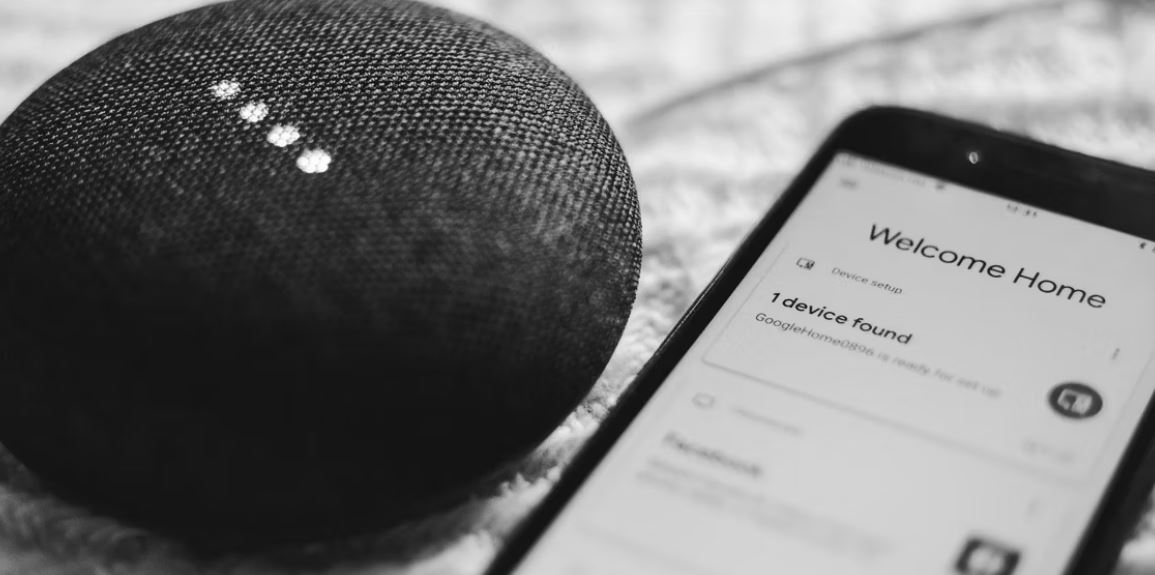Since smart home devices depend on wireless connections for their operation in their operation, they are vulnerable to attacks from remote locations by default. This is the reason why smart homes have been targeted by hackers in these past years. How are smart homes being hacked and how can you safeguard your intelligent home against being hacked by criminals?
How Are Smart Homes Hacked?
Smart homes are targeted with the use of a number of methods and vectors that include:
- Wireless connections that are not secure
- Software security holes
- Security features are not up to scratch.
Your smart devices at home are likely to be connected to the Wi-Fi network in your home however the connections can be used by hackers in order to gain access to your devices. If the firmware of your router is outdated or if there is no password protection for your network, cybercriminals may get access to gain access to your Wi-Fi at home and later other devices connected to it.
Also, a lack in software upgrades can also leave your smart devices vulnerable to hacking. Smart devices depend on software for their operation and operate, and the software can frequently be updated on a frequently. Software updates offer new features, fix bugs and eliminate out other issues that may cause a problem to the performance of a program.
Software updates can also fix software weaknesses. These are code errors that can cause software to be more difficult to hack and exploit. Software vulnerability are quite frequent and are an extremely popular attack vector for cybercriminals. By not updating and patches, there are a number of serious software weaknesses can be left on your devices for months, or years, opening the for hackers.
Finally, smart devices that aren’t armed with the right security features can also be easily used by criminals. Insufficient encryption, lack of authentication safeguards as well as other security flaws can make your gadget vulnerable and that is why it’s crucial to purchase from trusted companies.
How to Protect Your Smart Home From Hackers
Now that we know how intelligent homes are frequently hacked. Let’s discuss the ways you can safeguard your home from hackers.
1. Limit Your Connections
You may be tempted to hook up your gadget to any other gadget you can imagine, just to improve your convenience in your daily life. But these connections that increase the risk of hackers.
Imagine that you have a smart speaker that is linked to your phone laptop, tablet and even a smart TV. While this can allow you to carry out different tasks in various areas in your house, it offers hackers a variety of options to choose from when they decide to penetrate your home’s security via an internet connection.
2. Use Geofencing
For example For instance, you can utilize geofencing to make sure the front entrance’s intelligent lock will only be deactivated only when you are in close proximity to it. In this way, when you’re out and out and about, hackers will be more difficult using your smart lock in the attempt to gain access to your home.
On contrary you can program your devices to shut down in your absence by geofencing. When your gadgets are completely unoccupied they’ll be much more difficult for hackers to access remotely.
However, it isn’t a full-time smart home security tool. Your devices can still be compromised even with geofencing security features in place However, setting restrictions on your smart technology by using geofencing can hinder hackers’ ability to exploit your devices.
3. Use Authentication Methods
The authentication method should always be utilized in your home’s smart because it blocks unauthorized users from gaining access to your devices.
Methods of authentication can be as simple as passwords to two-factor authentication, even passkeys. Whichever method you choose it is crucial to make use of it on your home devices.
4. Secure Your Wi-Fi Network

A weak Wi-Fi network is one of the most common hacking points for cybercriminals. This is the reason why it’s essential to ensure the security of the network you use at home to the greatest extent you can.
You can protect Your Wi-Fi networks in several ways. number of ways, such as:
- Passwords to protect access to networks
- The default password can be changed on your network
- Enabling encryption on networks.
- Checking for any suspicious connected devices
- Update regularly software and firmware
- Only allowing access to the network to trusted people
- Keep your router’s username secret
If you take these steps By taking these steps, you can ensure that hackers won’t get a chance to easily penetrate your network. In reality hackers will frequently search for weaker networks to attack making sure that your network is as safe as they can may make your home’s security a coveted potential target right from the start.
5. Regularly Update Software and Firmware
Delaying software updates can be a problem in your smart house, in particular due to security issues.
It is also recommended that you should also be able to update your device’s firmware as often as is possible. Firmware is an example of software that is permanent and is utilized to manage the hardware components.
Firmware doesn’t have to be maintained as often as software does. However, periodic updates can aid in ironing out problems and ensure that the hardware components of your device are working to the very best of their capabilities.

Mohit Singh
Mohit has been writing about tech-based topics for three years, with a specific interest in tech, gadgets & devices. Mohit has covered a variety of topics at MAM,.
